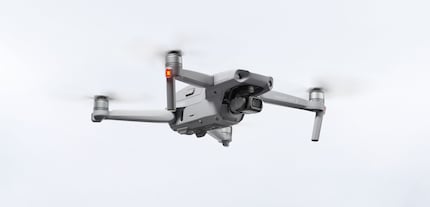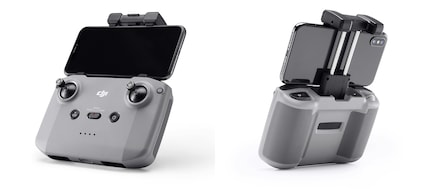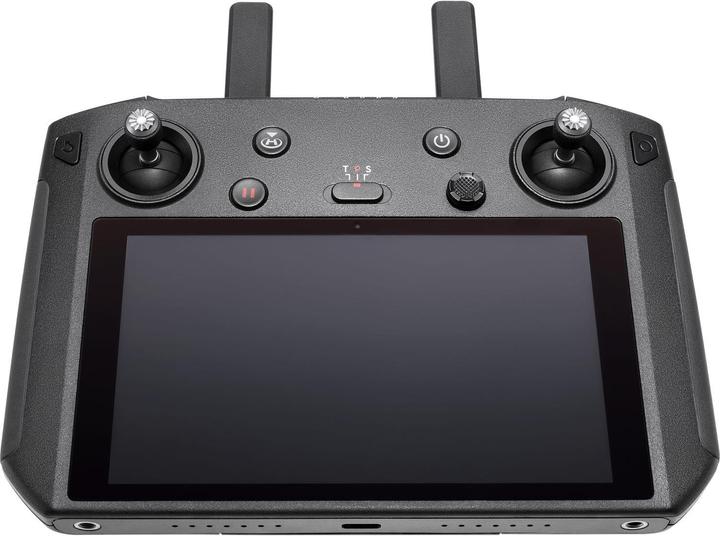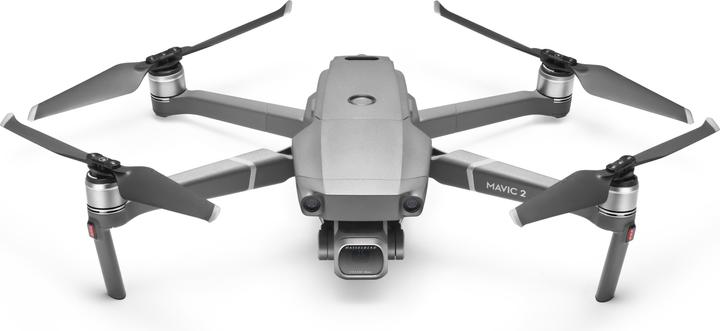
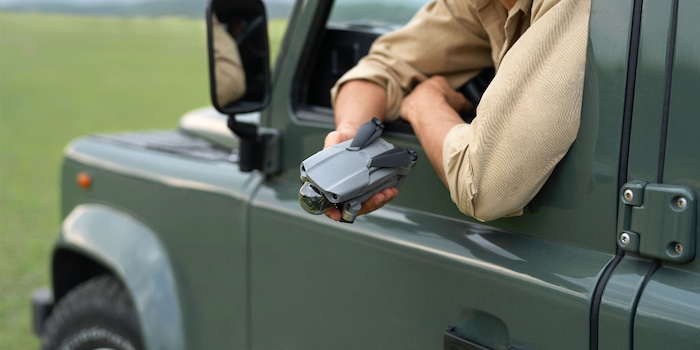
The DJI Mavic Air 2 stays in the air longer and takes better pictures
New camera, new flight characteristics, new intelligent functions: DJI has completely redesigned the Mavic Air.
If you're not familiar with DJI's line-up, the DJI Mavic Air sits between the DJI Mavic Pro and DJI Mavic Mini in terms of size, price and performance.
Now DJI has given the 2018 model a promising update. The new DJI Mavic Air 2 is available to order now and is expected to be available from mid-May 2020.
What's new about the new model? Quite a lot
New camera
The camera of the Mavic Air 2 has a slightly larger sensor: 1/2 inch instead of 1/2.33 inch. This should allow the images to cope better with large differences in brightness: Dark areas can be depicted bright enough without the sky being overexposed straight away.
The resolution is 48 megapixels, whereby 4 pixels can be combined into one (pixel binning). These photos have only 12 megapixels, but a higher dynamic range. With automatic scene recognition, which DJI calls SmartPhoto, the drone can choose for itself whether it shoots at 12 or 48 megapixels.
The lens offers a viewing angle of 84 degrees, which corresponds to a focal length of 24 millimetres in 35 mm format. The lens speed is f/2.8.
The Mavic Air 2 can take photos in raw data format (DNG). Its predecessor could already do this, but the affordable DJI Mini could not.
Better video features
4K videos are now also possible in 60 fps. For certain modes, however, the limit is still 30 fps. The Mavic Air 2 can also record full HD at 240 fps. The D-Cinelike profile is available for colour grading.
The drone supports the H.265 codec, which requires less storage space for the same quality. Furthermore, 8 GB are permanently installed and a microSD card with a maximum of 256 GB can be used.
A soon to be released firmware update will enable hyperlapse recording in 8K.
The drone flies much longer
DJI says it has increased the maximum flight time from 21 to 34 minutes. The figures refer to ideal conditions, i.e. no wind. This is made possible by a battery with significantly more capacity, which also makes the drone heavier. It weighs 570 grams - 140 grams more than the previous model.
The average flight time is also increased by the fact that the drone crashes less frequently. DJI has improved obstacle detection. As far as the software is concerned, the Mavic Air 2 currently has the best obstacle avoidance of all DJI drones.
This does not apply to the hardware. The drone perceives its surroundings in three directions: forwards, backwards and downwards. There are no sensors on the sides. An additional light improves visibility. It can be switched on and off manually.
The optimised obstacle detection also improves the tracking functions. If a tracked object disappears behind a tree, the drone loses focus less quickly and finds it again more quickly.
Remote control and accessories
The remote control supports both 2.4 and 5.8 GHz and can switch between the two frequency bands automatically. This should make the connection more stable. Full HD video transmission (1080p) is guaranteed for several kilometres. DJI states that the remote control has a battery life of four hours.
The existing smart remote control will be compatible with the new drone through a future firmware update. The DJI Goggles are not compatible with this drone.
There are two matching sets of ND filters for the drone: one with ND 4, 8 and 32 and one with ND 16, 64 and 256. The latter is included in the fly-more combo. The Fly More package also includes three batteries instead of just one, as well as a charging hub to charge all three, a shoulder bag and six pairs of propellers instead of three.
My interest in IT and writing landed me in tech journalism early on (2000). I want to know how we can use technology without being used. Outside of the office, I’m a keen musician who makes up for lacking talent with excessive enthusiasm.
From the latest iPhone to the return of 80s fashion. The editorial team will help you make sense of it all.
Show all


